The Gift of South Dakota
Subscriptions to South Dakota Magazine make great gifts!
Subscribe today — 1 year (6 issues) is just $29!
Birder to Birdwatcher
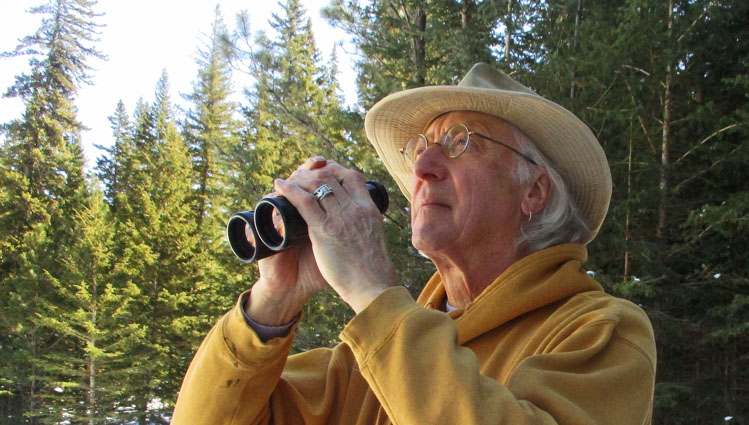 |
| Is George Prisbe a birder or a birdwatcher? Yes, he says, there are differences. |
I was introduced to the world of birds when I was 31 and living in Aberdeen. My early mentors were both named Dan. One was a degreed ornithologist and bander who zealously pursued birds, the other was a laid-back amateur who perched in a lawn chair and let birds come to him. Despite their differences, both were influential and supportive as I muddled along, convinced that I would never be able to distinguish one sparrow from another.
Those early years of birding were exciting, and my new interest felt natural. I was curious, enjoyed the outdoors and really liked solitude. I also relished competition, so I took to the idea of checklists as a type of scorekeeping. Each check mark came to represent a victory. This concept was central to my motivation to go out and look for birds. In some ways it became more about the birds I had not seen than about the ones I had.
I became that strange, suspicious character stalking the elm-canopied streets and overly manicured city parks of Aberdeen, binoculars permanently collared around my neck. Soon I was migrating to Sand Lake National Wildlife Refuge northeast of Aberdeen at least once a week and peeping down every back road. My home range expanded quickly as I searched for new habitat and boxes to check. Long daily excursions — Sand Lake to Sica Hollow and Hartford Beach, ending with an evening roost at Waubay National Wildlife Refuge — became routine.
Like most birders, I kept a variety of checklists: yard, patch, year, state, life, and even county by county lists. My desire to amass totals culminated in a turning point in my birding life — a quest to see 300 species within the borders of South Dakota in one year.
Then I moved to the northern Black Hills, and I knew that sojourns to the prairie — particularly east of the Missouri River — would be limited, but necessary, if I was to reach my goal. Differences in bird diversity and distribution, especially during migration, would make reaching 300 difficult without winging my way east several times. By the end of that year, successful as it was, I still felt unfulfilled and disillusioned. Unsuccessful excursions, in pursuit of specific species, were discouraging and felt like wasted time, plus I felt pangs of guilt over my carbon footprint. Even successful sojourns, like a day trip to Hot Springs to spot a lesser goldfinch, began to lose meaning and significance.
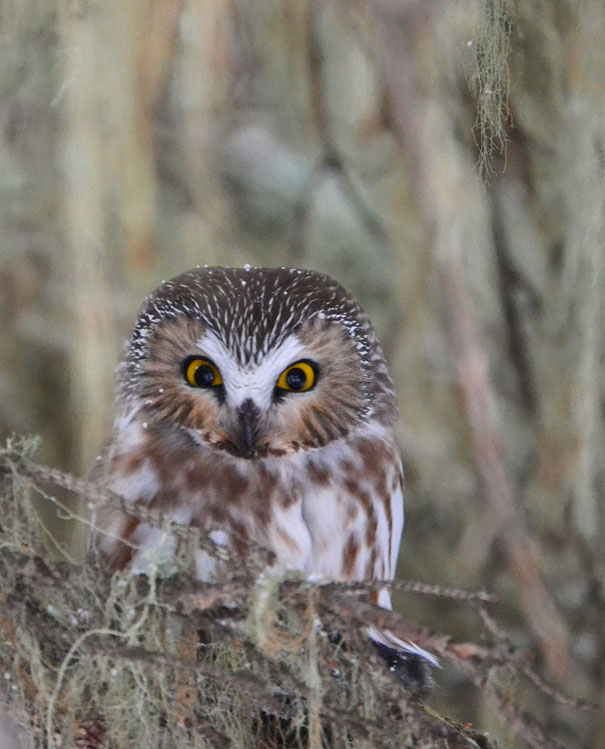 |
| The trees around Prisbe's home in the northern Black Hills teem with wildlife, including this northern saw-whet owl. |
My appreciation of simply being in the field and observing whatever nature presented had been parasitized by the pace of my quest, my fixation on target birds and list totals. What I had always described as my passionate obsession had lost some flight feathers. How much had I failed to appreciate, or even notice, along the way? Had I become jaded by my search for “good birds?” Was I guilty of a “just a robin” mentality?
It was time to learn from my lawn chair mentor and just let the birds come to me. I established Hanna Circle — a 3 1/2-mile radius from our home at Hanna in southcentral Lawrence County — as my “patch.”
Limiting my range proved difficult. I found myself verdant with envy when reading reports of migrating warblers and shorebirds and species that I was unlikely to see in the Black Hills. The urge to respond to reports of rare or unusual species was difficult to cage.
My focus shifted from searching to observing — from birding to bird watching. Gradually, I began to recognize the rewards of this new and slower pace. I began to appreciate birds as individuals instead of members of a particular species with a corresponding box to be checked. I stopped using common birder expressions like “good birds” and “trash birds,” coming to regard such terms as disrespectful and inappropriate. I now understood my wife’s displeasure every time I said, “just a robin.” My binoculars became judgment free. So complete became my reformation that I would admonish total strangers when I overheard them using the phrase “kill two birds with one stone.” I suggested a substitute: “fledge two birds with one nest.”
I was happy and enjoying birds more than ever. Daily hikes into the diverse habitat surrounding our home became routine, bordering on obsessive. I grew familiar with the area and the activity of its inhabitants. Soon, I was sure that the local birds were becoming familiar with me, too. I kept a daily journal, recording species in the order in which they presented themselves, noting the number, nesting and behavioral activity, weather conditions, and whatever else seemed relevant, such as wildflower blossom dates, butterfly flight periods, and getting down on my knees to inspect fungi and overlooked downscapes underfoot.
For the past 15 years, I have been able to compare observations day to day, week to week, season to season, year to year and marvel at the serendipity. Not possessing the power of omnipresence — something every birder must desire — I know that many species have escaped my observation, simply because of my many remarkable and unexpected sightings. My Hanna Circle list now totals 210 species, 61 of which are one-time wonders. Another 43 have been observed three or fewer times.
Most birders, at least the ones I know, would be uncomfortable with a year list that is consistently and substantially fewer than 200. I have no qualms with listing or chasing, but it’s not for me. My commitment to observing birds simply cannot be measured by marks on a checklist or miles on an odometer.
Birder or birdwatcher? Is there a difference, or is this a nuanced description of the same thing? To me, they are not the same. I have spent considerable time thinking about my relationship with birds and the natural world. Like birds, we have behavioral traits that define us, and we adapt individually to circumstance. My evolution from avid birder to birdwatcher, or patch observer, is probably a rare morph, but it has brought me to a comfortable place: home.
Editor’s Note: This story is revised from the May/June 2020 issue of South Dakota Magazine. To order a copy or to subscribe, call (800) 456-5117.


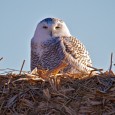
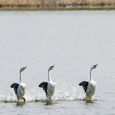
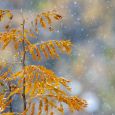
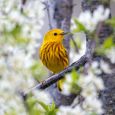

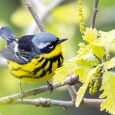
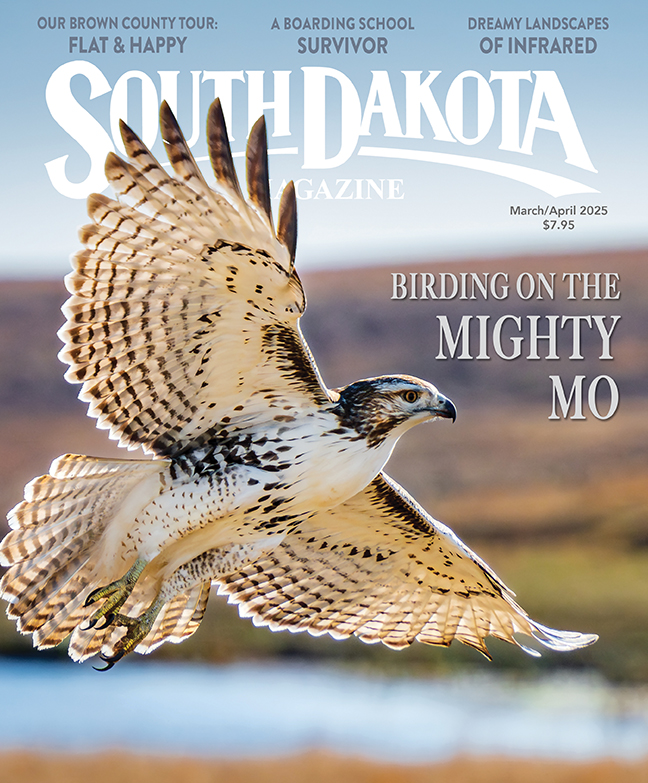

Comments